Le Mans 24 Hours History: Everything You Need to Know about World's Oldest Endurance Racing Event
The 24 Hours of Le Mans race is notable for its use of public roads. Its current length of 13.626km is the result of several redesigns throughout the years aimed at increasing racer safety.
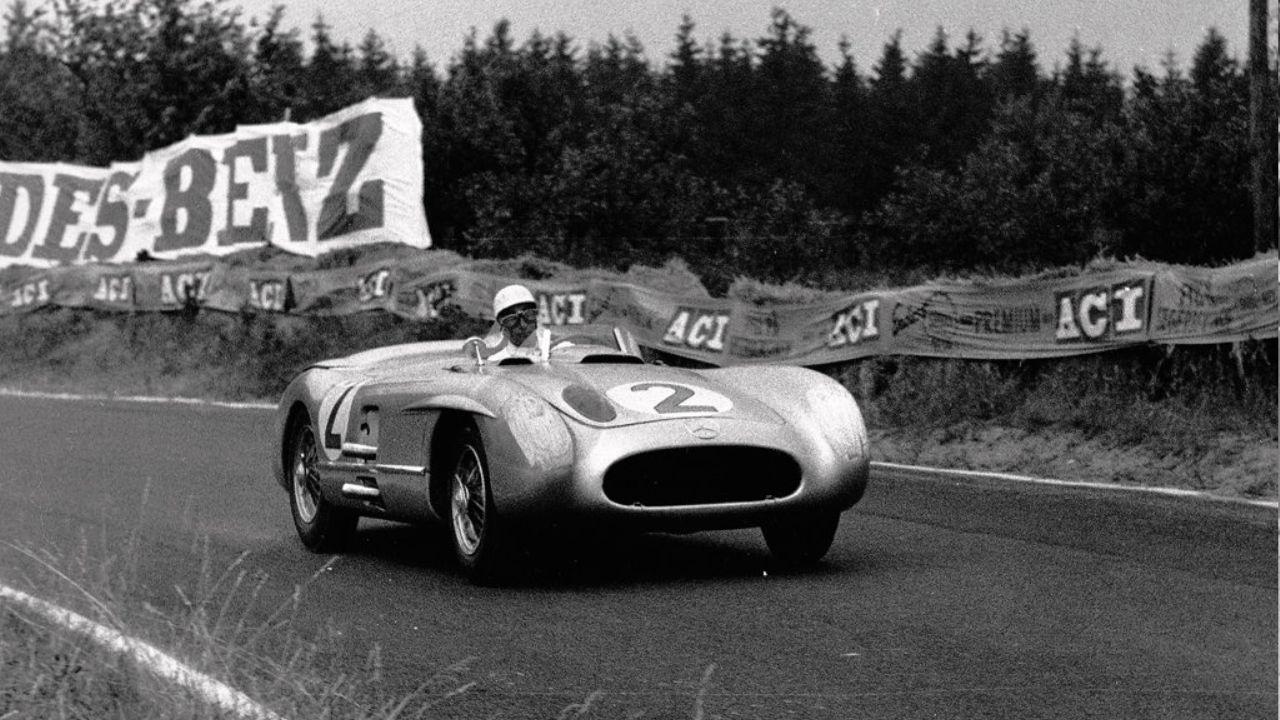
Every professional race car driver has one ultimate goal in life, to win the 24 Hours of Le Mans. Its historic past and treacherous layout have made it renowned, drawing in A-list racers and fans from across the world. The 24 Hours of Le Mans is not only a French event; it is also a test of speed and endurance. To go as far as feasible in a day, you need cutting-edge technology, teamwork, and a vehicle that can maintain high speeds for a long time. In 1923, Le Mans, France played host to the first annual 24 Hours of Le Mans, a race and festival that took place across the city's streets. Despite its instant popularity, the race was suspended from 1940 and 1948 to allow for French rebuilding after World War II. By 1949, it had returned, and ever since then, it has drawn some of the most impressive race vehicles and drivers in the world.
Also Read: Le Mans 24 Hours: 5 Most Successful Teams and Drivers at Circuit de la Sarthe
Le Man 24 Hours: Origins
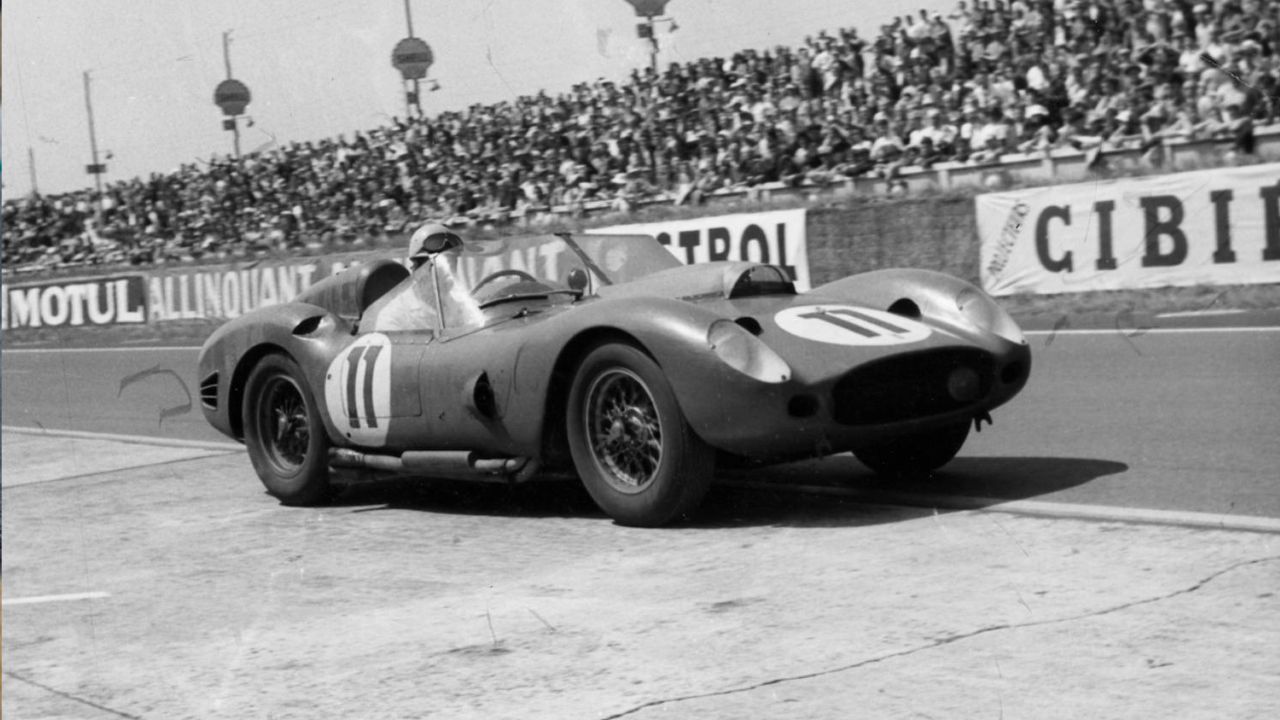
The Automobile Club de l'Ouest, a car club, started the 24 Hours of Le Mans race in 1906. The first event took place on May 26-27, 1923, at a track not far from Le Mans. The goal of the contest was to inspire further ground-breaking work in the realm of automotive technology and to spur on its further advancement. From the invention of the radial tyre through the development of the hybrid engine, technological progress has been rapid. With the goal of having a hydrogen-powered vehicle compete in the 2024 race, the ACO has given itself a new challenge, Mission H24. One unique aspect of the 24 Hours of Le Mans course is that it includes public highways. It has been redesigned multiple times throughout the years to improve racer safety and is presently 13.626km in length. The 24 Hours of Le Mans course has many high-speed corners, including the Pit Straight, the Dunlop Chicane, the Forest Esses, Mulsanne and the Ford Chicane.
Le Mans 24 hours: Post-World War
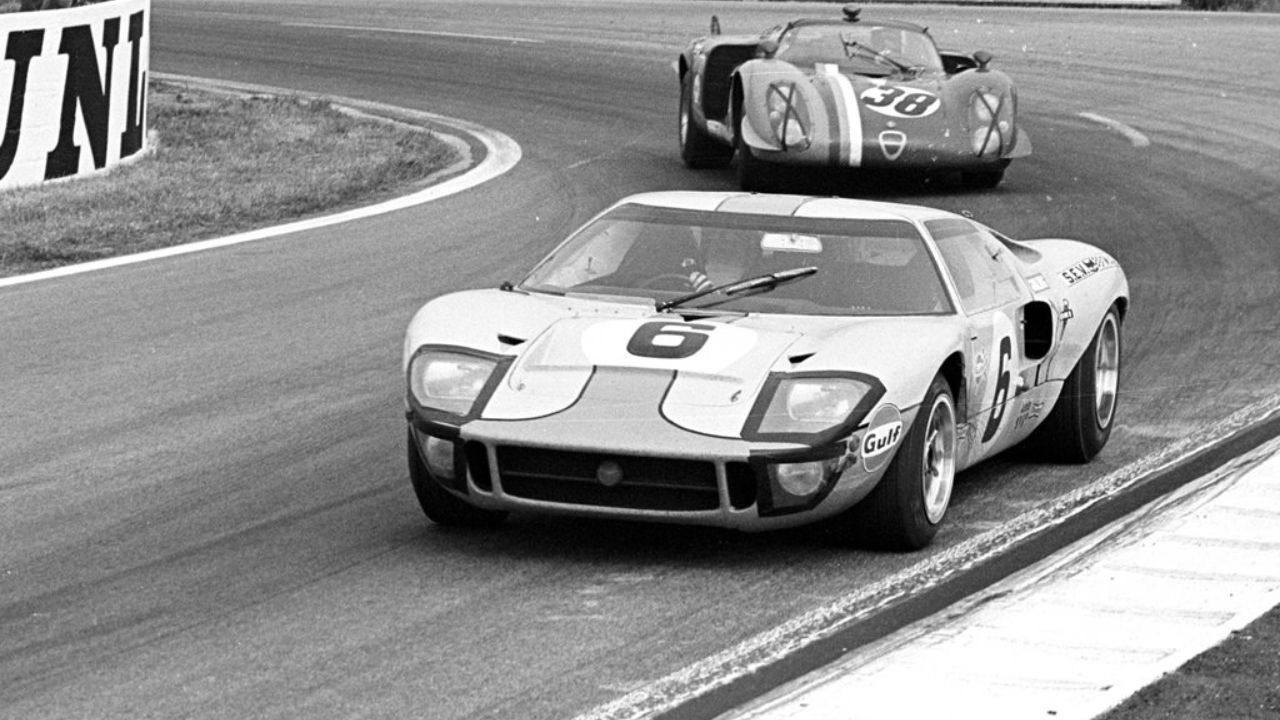
Le Mans was put on hold for eight years due to the onset of World War II (1940-1948), but it returned in 1949 with a whole new design and feel. Pit lanes and refreshment stalls, for example, had appeared by this time to accommodate the expanding crowd. With the race becoming more of an event, the latter group may even eat at a special restaurant. Pierre Marechal's untimely death three hours into the race when his brakes failed ruined a comeback that had been eagerly anticipated.
In 1955, one of the darkest periods in racing history, tragedy struck again. French driver Pierre Leveghchar's automobile crashed with spectators, killing 84 people in the so-called "Le Mans Disaster." Moreover, over a hundred individuals suffered life-threatening injuries. The day's events were a low point for the competition and for sports in general, and they prompted the implementation of new safety measures. The following year saw the installation of barricades.
Also Read: Le Mans 24 Hours: 5 Most Iconic Cars that Raced in WEC
Le Mans 24 hours: Track Changers
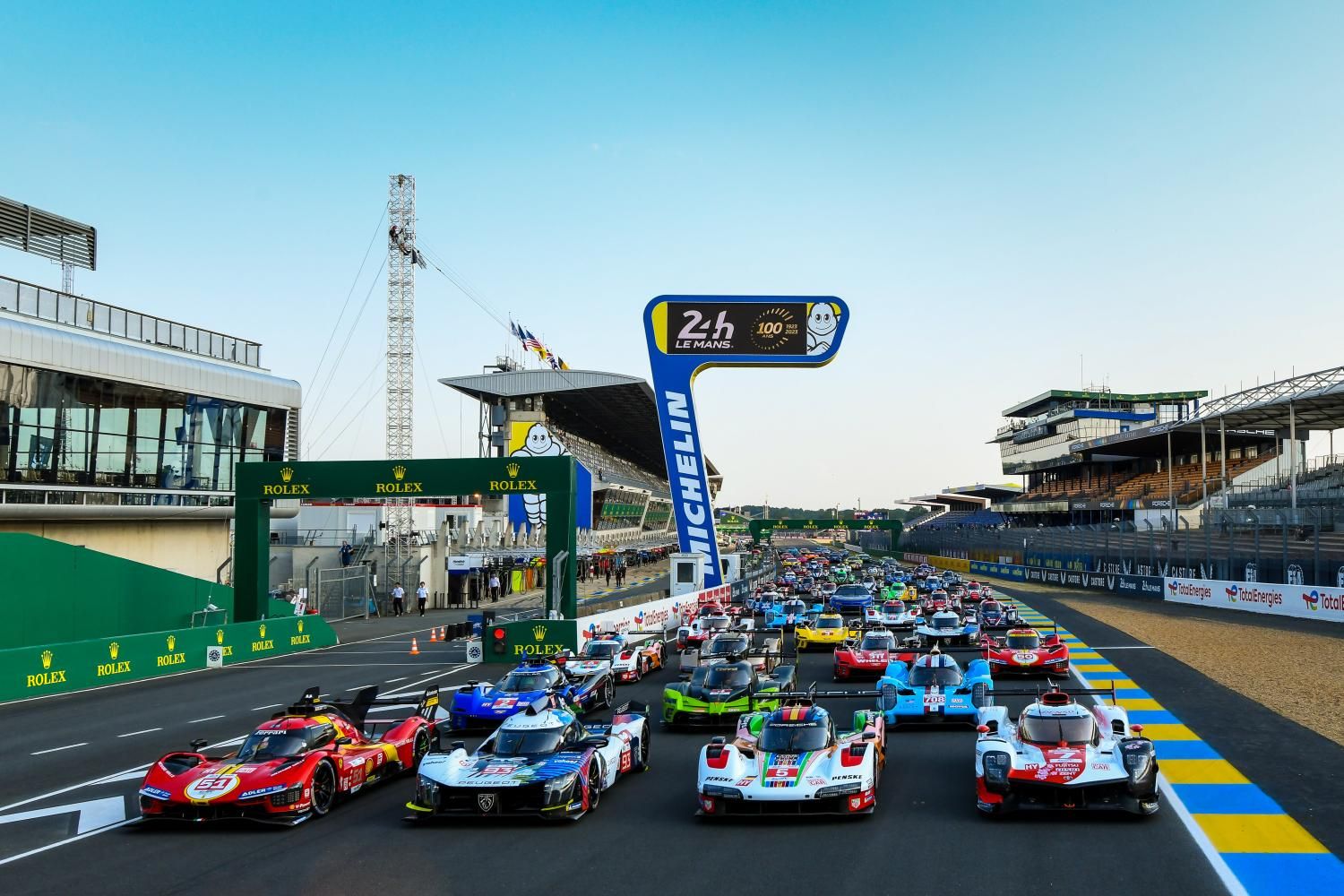
About this time, opening laps underwent a major overhaul that had been long overdue. Sprint starts were popular from the first race until 1969. And we mean "sprint starts" in the most literal sense possible. Drivers, incredulously, would start a race on the side of the track opposite their car. They would literally sprint to their vehicles and crank the engines when the starting gun sounded. Despite widespread acclaim as iconic (if a little retrograde), this quickly became a source of potentially catastrophic issues.
John Woolfe, a British driver, tragically passed away on the first lap of the 1969 race after an ill-fated rush in which he neglected to tighten his seatbelt. The course had extensive alterations in the 1970s, most noticeably towards its conclusion. The purpose of creating these was to put the skills of professional drivers to the test even more. As the difficulty of the task increased, so did the quality of the show.
Also Read: Le Mans 24 Hours: What are LMH and LMDh? Teams, Driver Lineup Explained
Le Mans 24 Hours: Records
The 24 Hours of Le Mans has long since been a component of the unofficial Triple Crown of Motorsport along with the Indianapolis 500 and the Monaco Grand Prix. Only one individual has ever gone undefeated. The legendary Graham Hill finally succeeded on the ninth try in 1969. After finishing in second position in 1964, the Londoner finally took his winning lap at Le Mans. Fernando Alonso, Jochen Rindt, Bruce McLaren, and A.J. Foyt are among those who have accomplished this feat twice. But Hill is the only one who has ever won all three titles, making him the greatest driver of all time.

However, he is not the most successful driver in Le Mans history. Tom Kristensen of Denmark earned this title as he sped into the pages of history with a total of nine wins and five other podium finishes in the world's largest endurance event.
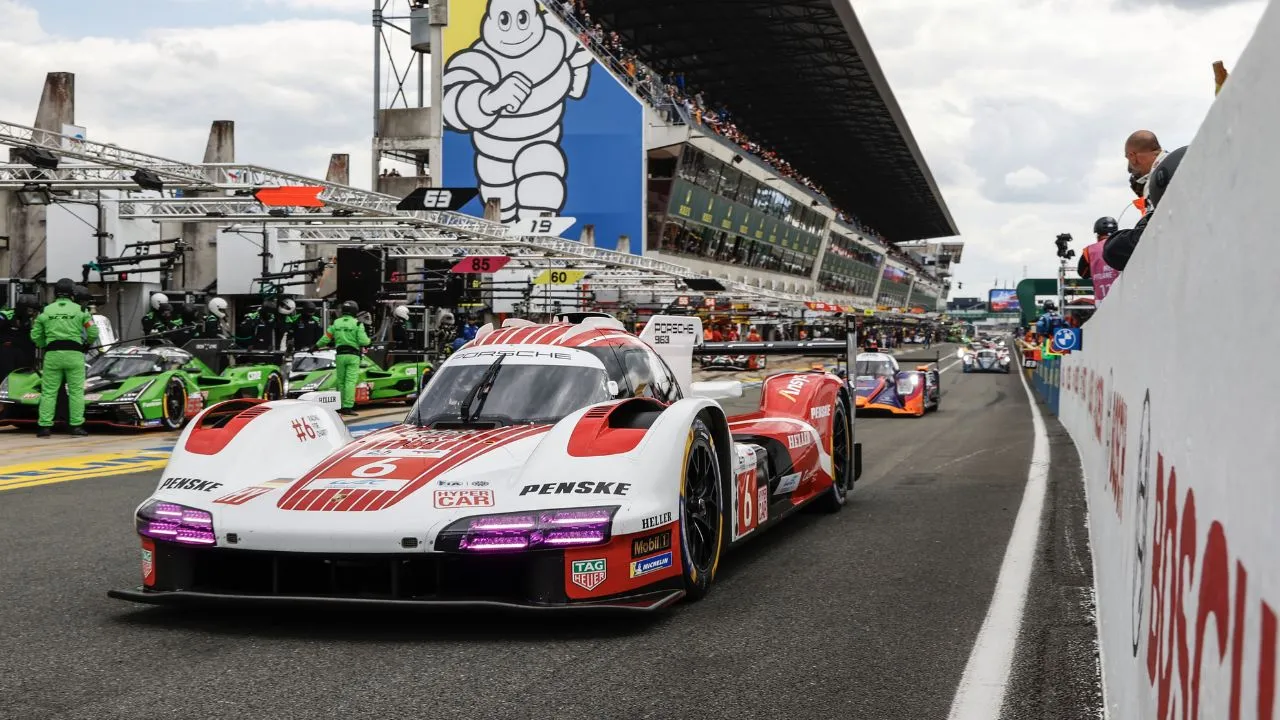
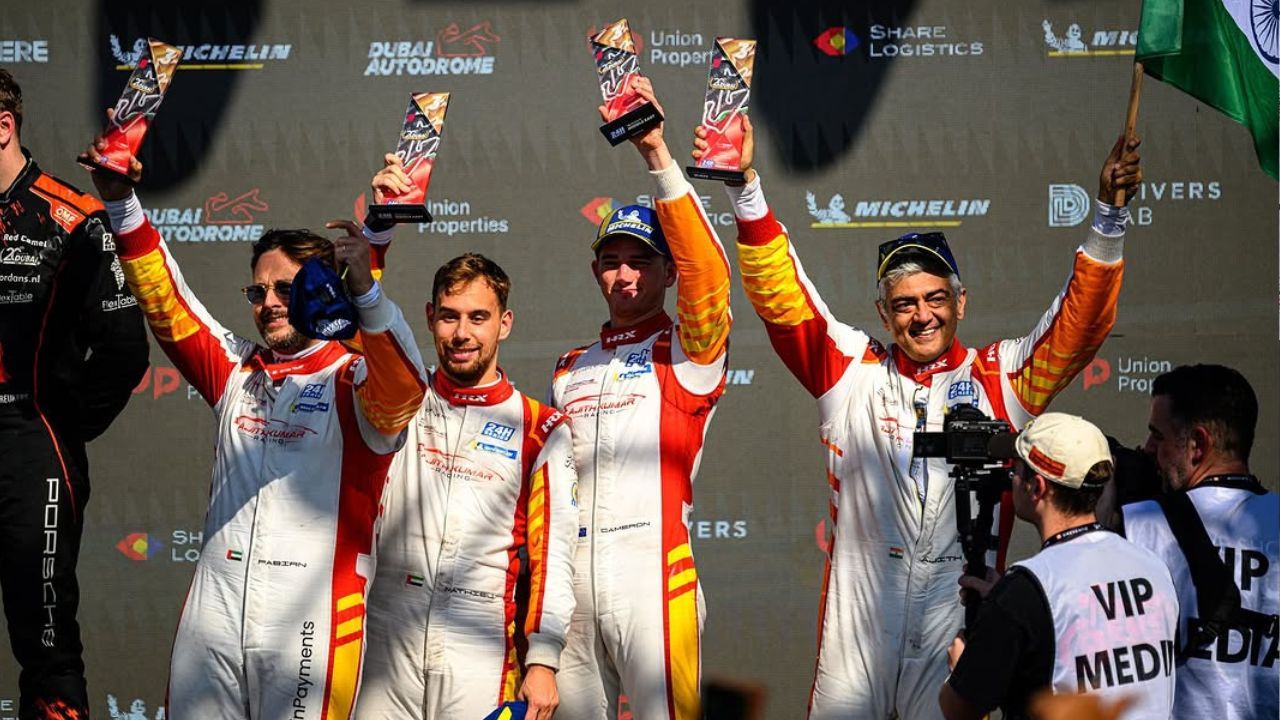

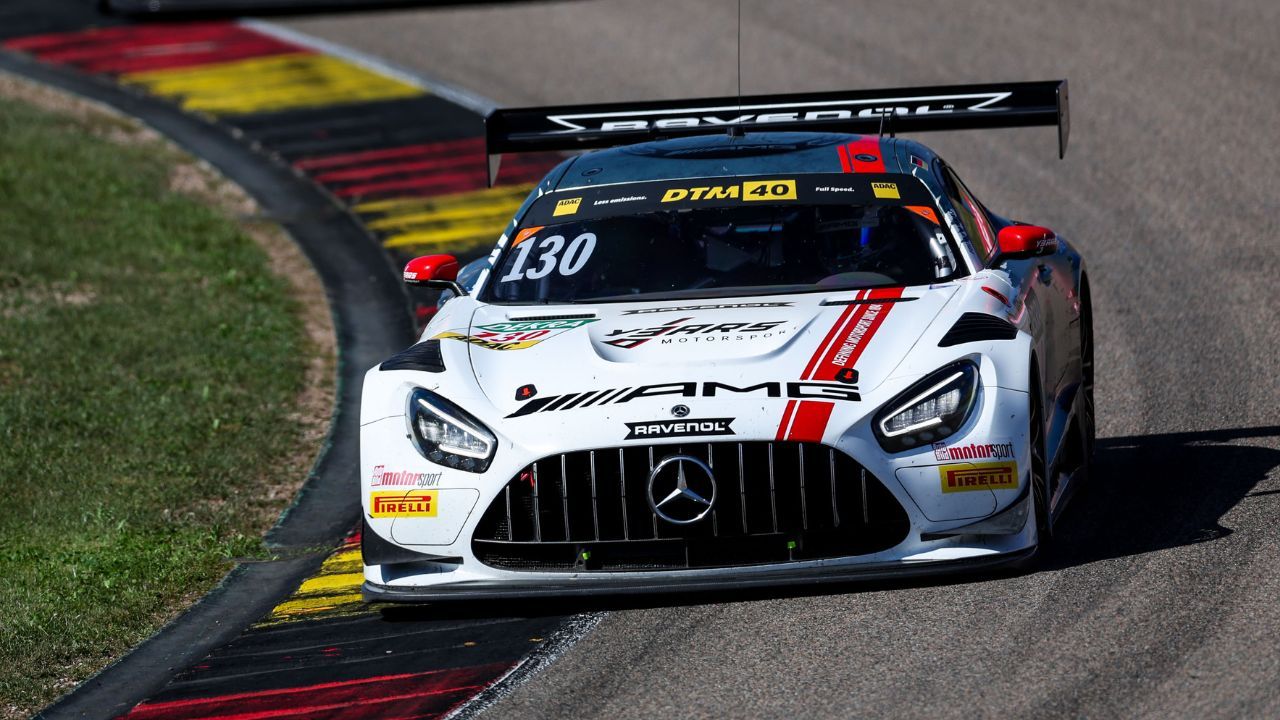
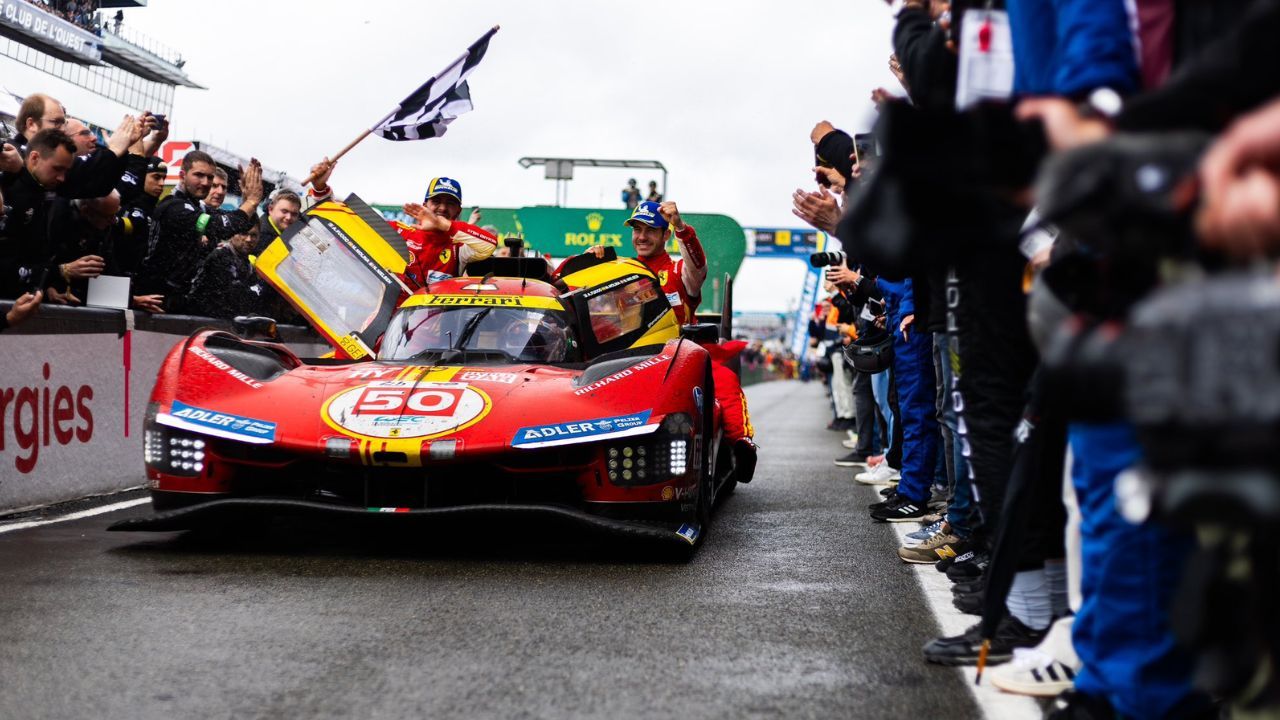





.webp)

.webp)







Write your Comment on